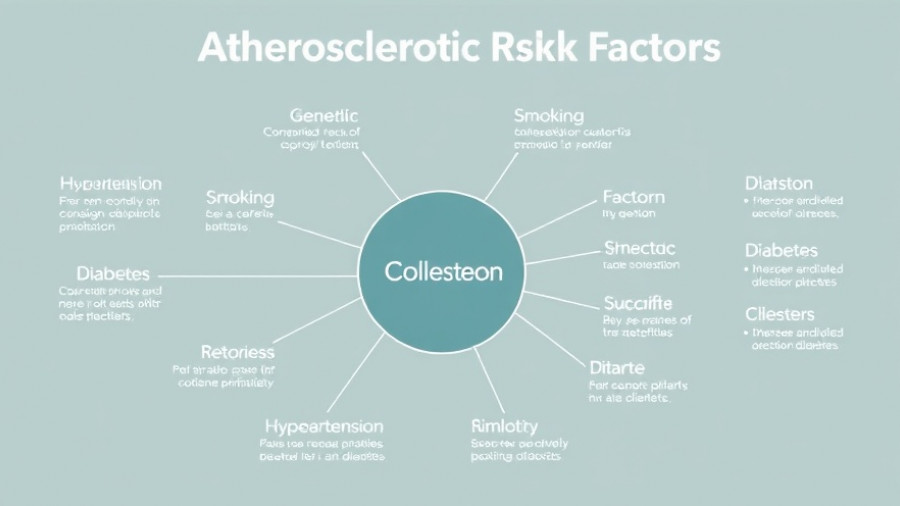
Honoring Veterans Through Nutrition: A Conversation with Ronnie Penn
As Veterans Day approaches, we find inspiration in stories from those who have served. Ronnie Penn, a veteran turned plant-based chef and coach, exemplifies the spirit of this day through his journey. Penn’s military service cultivated resilience and discipline, traits he now uses to advocate a nutritious turn towards a plant-based lifestyle.
Path to Service: More Than Just a Career
Penn’s desire to serve something greater than himself led him to enlist in the Marine Corps in 2004, with deployments to Iraq and Afghanistan. Reflecting on his service, he shared how military life instilled valuable lessons about teamwork and adaptability. “Whether overseas or in the galley, the military taught me that food and mindset impact morale,” he states. His journey didn’t stop with his discharge; he later joined the Coast Guard, where he discovered a passion for nutrition that would reshape both his life and the lives of those around him.
Switching Gears: From Soldier to Chef
Penn’s transition from a rugged military life to that of a culinary expert was fueled by health complications during his competitive bodybuilding days. He found himself facing digestive issues and fatigue, prompting him to shift to a whole food, plant-based diet. “My energy levels skyrocketed, and my digestion cleared up almost instantly after I made the switch,” he reflects. His experience highlights a crucial lesson: the power of nutrition in recovery and vitality.
The Nutritional Shift: Why It Matters for Veterans
The importance of proper nutrition extends beyond personal health; it’s particularly significant for veterans facing unique challenges. According to various studies, good nutrition can enhance recovery from injuries, improve mental health, and boost overall physical vitality. Veterans often deal with issues like PTSD, affecting their eating patterns. Penn’s story resonates with many who find solace and healing through healthier food choices.
A Creative Culinary Experience: Cooking and Collaboration
During his time in the Coast Guard, Penn faced obstacles with limited access to plant-based foods, yet he learned to be resourceful. “It was a challenge to find good options on deployment, but I got creative with oatmeal, beans, and veggies,” he reminds us. This creativity extended to his fellow shipmates, where he had memorable experiences introducing hearty plant-based meals. “One crew member said, ‘I didn’t even miss the meat,’” Penn reminisces, underscoring how plant-based food can be tasty and satisfying.
The Science Behind Plant-Based Advocacy
Penn attributes his shift to a plant-based diet to influential research, notably from Dr. Greger and NutritionFacts.org, affirming not just a personal choice but an evidence-based lifestyle. Numerous studies show that a vegetarian or plant-based diet can significantly lower risks of chronic conditions like heart disease and diabetes, relevant issues for many veterans struggling with their health.
Actionable Insights for Transitioning to Plant-Based Eating
For veterans considering a dietary shift, Penn offers practical advice: “Start slowly; introduce grains and beans into your meals and make meat a side.” He encourages transitioning at your own pace, maybe adding a meatless day each week. Keeping a colorful plate can also ensure a variety of nutrients, essential for maintaining good health. “Planning is key,” he emphasizes, a concept deeply rooted in his military training.
Community Connections: The Power of Nutrition
As he shares his knowledge, Penn connects with other veterans promoting the benefits of healthy eating. Nutrition is not just an individual journey but one that fosters community and camaraderie, creating bonds in a space where many veterans share similar struggles and goals. Advocating for nutritious options in both civilian life and military settings can lead to improved well-being and recovery for many.
Celebrate Veterans Day: Reflect and Act
As we celebrate Veterans Day, let us reflect on the sacrifices made by individuals like Ronnie Penn who serve as a beacon of hope. Nutrition serves as a powerful tool for recovery, and this Veterans Day, we can honor their service by embracing healthy eating habits and supporting fellow veterans in their journeys toward wellness.
Join the movement for better health—whether you’re a veteran, a family member, or a supporter. Make small, impactful changes to your diet today and inspire others around you. Together, we can forge a healthier future.
 Add Row
Add Row  Add
Add 




Write A Comment